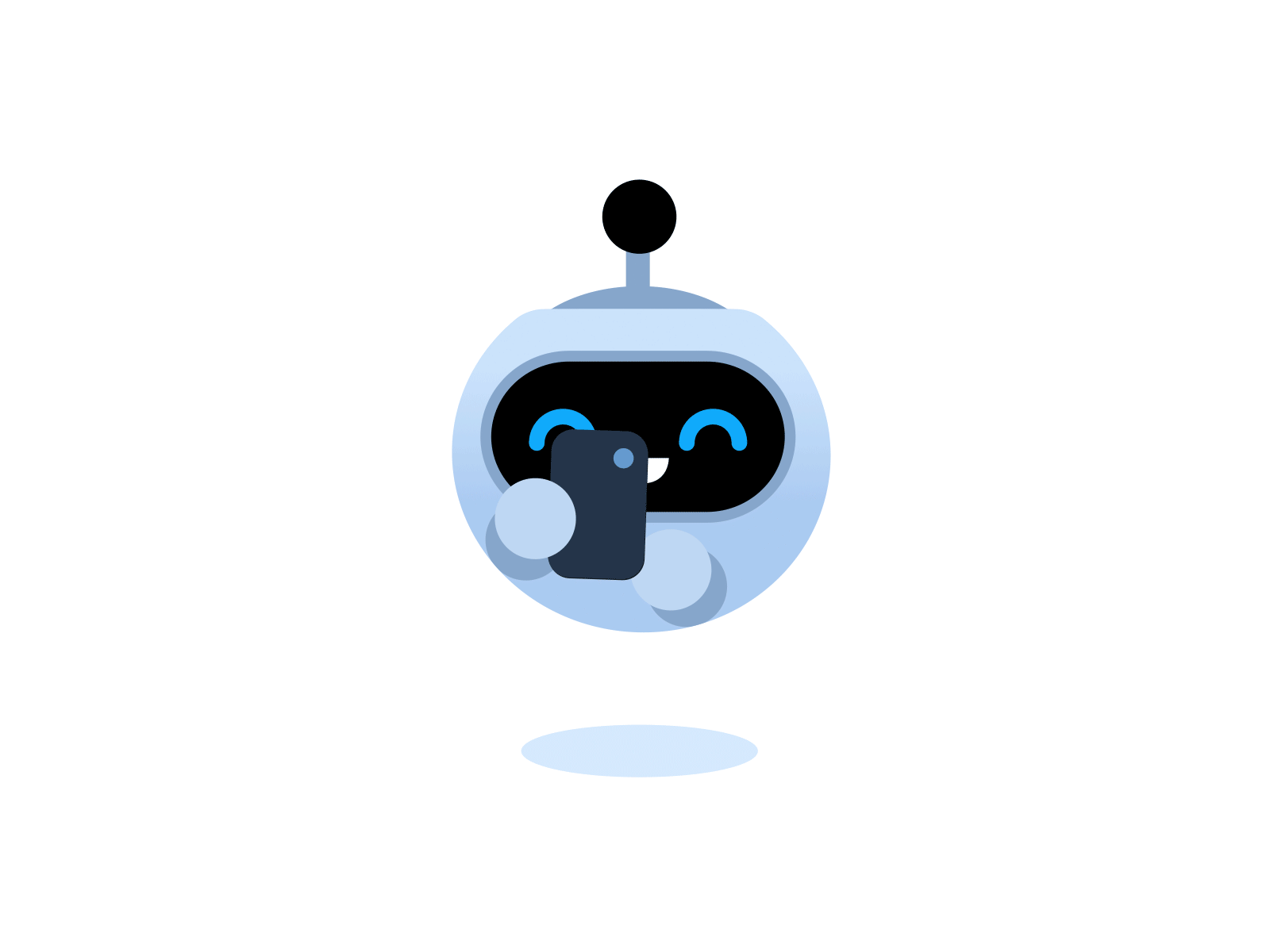Mastering the Power of Lodash: A Comprehensive Guide
_.defaults({ 'a': 1 }, { 'a': 3, 'b': 2 });
// → { 'a': 1, 'b': 2 }
_.partition([1, 2, 3, 4], n => n % 2);
// → [[1, 3], [2, 4]]
Introduction
In the world of JavaScript development, efficiency and elegance are highly valued traits. While JavaScript itself has evolved over the years, developers have also come up with a multitude of libraries and tools to simplify common programming tasks. One such tool that stands out is Lodash. Lodash is a utility library that offers a plethora of functions to handle arrays, objects, strings, and more, allowing developers to write cleaner and more concise code. In this guide, we’ll delve into the world of Lodash and explore how to leverage its capabilities effectively.
What is Lodash?
Lodash is a popular JavaScript utility library that provides a wide array of functions to simplify and optimize common programming tasks. It’s designed to work seamlessly with both Node.js and browser-based applications. Lodash is known for its modular structure, which means you can cherry-pick only the functions you need, thus keeping your project’s size in check.
Getting Started
To use Lodash in your project, you have a few options:
- Installation via npm or Yarn: If you’re working with a Node.js project, you can easily install Lodash using npm or Yarn. Open your terminal and run the following command:
npm install lodash
or
yarn add lodash
- Browser Usage: For browser-based projects, you can include Lodash directly using a CDN or by downloading the library and including it in your HTML file. You can find the CDN link on the official Lodash website.
Common Use Cases
Lodash provides an extensive collection of utility functions that can streamline various programming tasks. Here are some common use cases and how Lodash can help:
1. Manipulating Arrays
Lodash offers an array of functions to manipulate arrays efficiently. Some examples include:
_.map: Transforms each element in an array based on a given function._.filter: Filters elements in an array based on a provided condition._.reduce: Reduces an array to a single value using an accumulator function.
2. Working with Objects
Lodash simplifies object manipulation with functions like:
_.merge: Deeply merges multiple objects into one._.clone: Creates a deep clone of an object._.omit: Creates a new object with specified keys omitted.
3. Handling Strings
String manipulation becomes easier with Lodash functions such as:
_.capitalize: Converts the first character of a string to uppercase._.truncate: Truncates a string to a specified length.
Example Usage
Let’s take a look at a simple example to demonstrate how to use Lodash. Imagine we have an array of numbers and we want to find the sum of all even numbers. Here’s how you could do it with Lodash:
const _ = require('lodash');
const numbers = [1, 2, 3, 4, 5, 6, 7, 8, 9, 10];
const evenNumbers = _.filter(numbers, num => num % 2 === 0);
const sum = _.sum(evenNumbers);
console.log(sum); // Output: 30
Conclusion
Lodash is a powerful utility library that significantly enhances the way we work with JavaScript. By leveraging its functions, developers can write cleaner and more efficient code, saving time and reducing the chances of bugs. Whether you’re dealing with arrays, objects, strings, or other data types, Lodash has you covered. Remember to refer to the official documentation for a comprehensive list of available functions and their usage.




How to use Lodash in Javascript